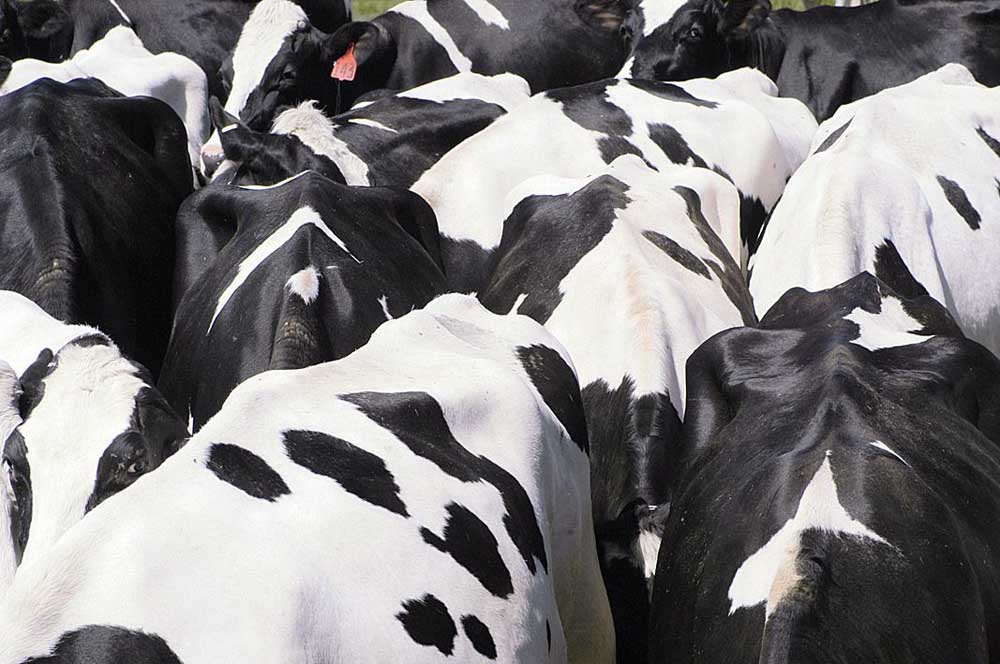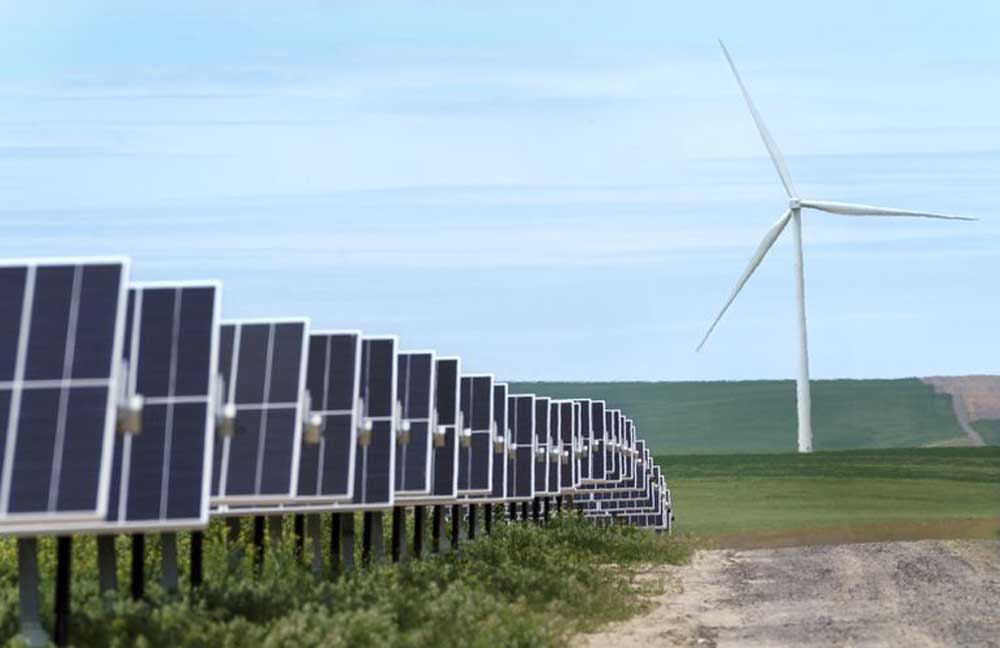Editorial: Size really shouldn’t matter
Published 4:45 am Wednesday, December 26, 2018

- The size of a dairy farm doesn’t matter; the management does.
Some members of the Oregon Legislature and a coalition of environmental groups and small-farm advocates want the state to ban large dairy farms.
Their argument: large dairy farms are bad.
They also want tighter regulations governing dairy farms. The argument is the legislature and the state government know the best size for a dairy farm.
Pardon our skepticism.
This is the same state government that can’t build a much-needed Interstate 5 bridge over the Columbia River, that can’t produce a website for its Obamacare program, that can’t figure out how to plow snow in Portland, that can’t operate its foster care program, that can’t fix its out-of-control retirement plan. …
Yet this coalition wants that same state government to tell farmers how to farm by dictating how big a dairy should be.
The Oregon Senate Committee on the Environment and Natural Resources last week decided to introduce two bills during next year’s session targeting dairies larger than 2,500 cows, or 700 cows if access to pasture isn’t available.
One concept would classify a large dairy as an industrial facility and strip it of protections under the state “right to farm” law. That law allows Oregon farmers to use normal farm practices, provided they follow the many rules and regulations already placed on them by the state and federal governments.
Another legislative concept would ban more large dairies at least until the state comes up will a new permitting system.
Neither proposal makes any sense.
The fact of the matter is that all sizes of dairy farms in Oregon are already robustly regulated. Any farmers who don’t follow the rules will find themselves in deep you-know-what, both literally and figuratively. Whether a dairy has 20, or 200 or 20,000 cows matters not one bit. What matters is the quality of management. Large or small, a farm with good management will meet the many regulatory requirements placed on it.
This coalition points to the Lost Valley Farm, a bankrupt dairy in Eastern Oregon that was poorly managed, implying that all large farms are equally bad. State regulators saw the problems when they occurred and took the owner to court, forcing him into bankruptcy and putting him out of business.
That is exactly what regulators do. If someone screws up, tell him or her to fix the problems. If the problems persist, take the owner to court.
But the main argument — that big farms or bad — is simply not supported by the facts. The way Lost Valley Farm was managed, it would have failed no matter how many cows it had.
But the “big-is-bad” argument has even more holes in it.
Only a few miles from the failed dairy farm, another larger dairy farm, Threemile Canyon Farms, is well-managed and recognized as a good steward of the land. They care for their 30,000 cattle and have an independent inspector check up on them, they have the largest manure digesters in the West to handle the waste and grow a variety of crops; they treat their 300 year-round employees well; and they are constantly innovating to do things better. They are good neighbors in every sense of the word and are a point of pride in the community.
Those who are hung up on size ignore the realities of 21st century agriculture. A farm needs to be the right size for its market and to find economies of scale.
To say a farmer is doing something wrong because he, or she, has been successful and sustainable and built a small family farm into a large family farm is illogical.
The state of Oregon should not pick winners and losers in agriculture. It should see that all sizes of farms are well-regulated to protect the environment and produce safe food. If a farmer messes up, he or she should correct the problem, whether the operation is 5 acres or 50,000 acres.
When it comes to regulating farms, size really shouldn’t matter.








